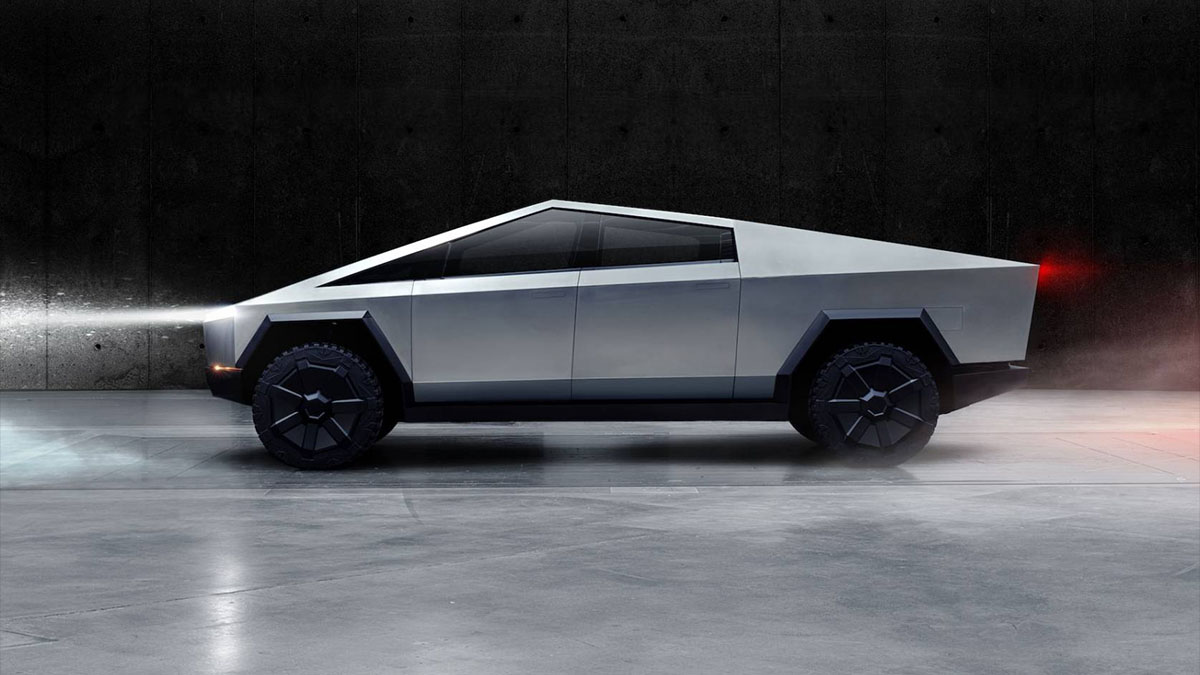why we should give tesla’s cybertruck a chance

Calling the reaction Tesla’s new Cybertruck polarized is putting it mildly. One the one hand, it looks rather weird, resembling the secret love child of a stealth fighter jet and a heavy-duty work truck, and its bulletproof glass didn’t exactly demo well. On the other, its price point is high but not ridiculously so from what it’s trying to offer, it’s electric, and seems to be a test platform for new ideas like a solar roof to charge itself while being driven or waiting for its driver on a sunny day. When it finally hits the road, it won’t be everyone’s first choice or win any beauty contests, but it will stand out and has the potential to change how we think about utility vehicles while trying out new ways to keep them on the road.
There’s no getting around the fact that in many places, trucks are basically the only choice in transportation, and any sort of construction or maintenance work needs trucks or some other type of utility vehicle to carry all the necessary tools of the trade and equipment. And trucks are often some of the least fuel-efficient vehicles on the road, especially when towing something. A fleet of trucks that runs on electricity and sunlight instead of tens of gallons of gas could very drastically lower how much greenhouse gass we’re belching into the atmosphere, especially if they become popular enough to make a significant percentage of such vehicles on the road. In this case, it’s almost better than the Cybertruck stands out like a low poly statement.
In a way, we can think of it not as another truck, but what a truck could be, imagining such utility vehicles driving up and down streets and highways alongside electric semis with arrays of solar panels on their roofs, quietly buzzing along without emitting a cloud of noxious smog. Do they have to be made by Tesla? Of course not. Maybe someone will do it better down the line and offer even better vehicles at an even more affordable price point. But right now, Tesla is leading the way in challenging our concepts of what could be on the road in the next decade or two, tolerating failures and learning lessons from them. This is something we don’t see in a lot of modern businesses anymore as they’ve become too afraid of their shareholders to take real chances, and if anything, we should be encouraging that.





